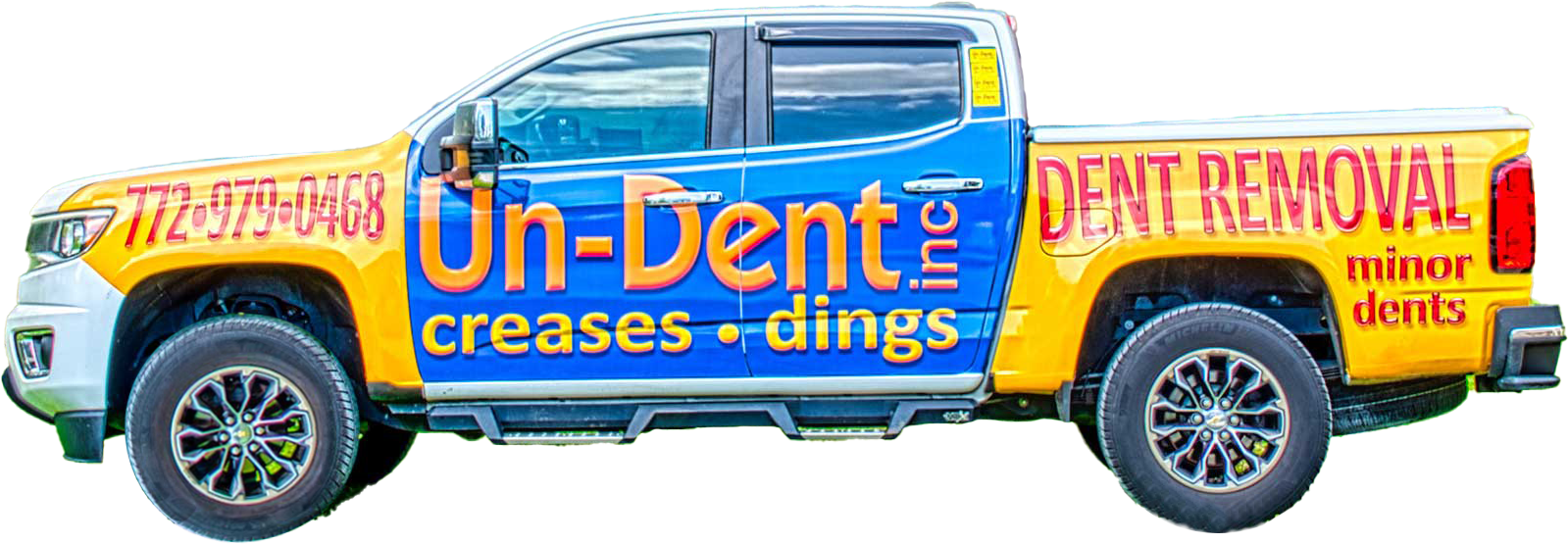Winter vs. Summer
When maintaining your vehicle, paintless dent repair (PDR) is one of the most efficient and cost-effective solutions for addressing dents. However, the success of PDR can be influenced by seasonal factors and weather conditions. This article explores the differences between conducting PDR in winter versus summer, helping you understand how the changing seasons can impact the repair process and what to expect year-round.
How Weather Affects Paintless Dent Repair
Weather conditions play a significant role in the PDR process, affecting everything from how the dent responds to repair methods to the time required to complete the job. Let’s dive into the specific considerations for winter and summer repairs.
Winter PDR Considerations
Cold weather presents unique challenges for PDR technicians. Here’s how winter can impact the process:
- Cold Metal and Paint Stiffness
- Cold temperatures can make the vehicle’s metal and paint less pliable, increasing the likelihood of paint cracking during the repair process.
- Technicians often use heat guns or warm the surrounding area to make the metal more malleable, which adds extra steps to the repair process.
- Increased Repair Time
- Repairing dents in cold weather may take longer because the metal must be warmed up before work can begin. The colder the metal, the more difficult it is to massage the dent back into shape.
- Slower repair times mean slightly longer wait times for customers, especially during frigid conditions.
- Road Salt and Debris Damage
- In winter, road salt and debris can cause more vehicle surface damage. This can affect PDR by making it harder to access the dented area if there’s excessive grime buildup.
- Before PDR begins, vehicles may need a thorough wash to remove salt residue, ensuring that the technician can properly assess the damage and carry out repairs.
- Indoor vs. Outdoor Repairs
- Indoor repairs are highly recommended during winter. The controlled environment allows for better temperature regulation, helping to prevent paint damage.
- Mobile PDR services may be limited during extremely cold weather, as outdoor repairs can be challenging.
Summer PDR Considerations
Warm temperatures tend to be more favorable for PDR, but there are still specific factors to keep in mind:
- Heat-softened metal and Paint
- In warm weather, the vehicle’s metal and paint are more pliable, making it easier for technicians to manipulate the dent without risking paint damage.
- Repair times are generally faster during summer, as less pre-treatment is needed to prepare the dent for repair.
- Humidity Challenges
- High humidity in the summer can affect adhesives used in certain PDR techniques, such as glue pulling, which relies on strong adhesion to the metal.
- In high-humidity areas, technicians may need to adjust their tools and methods to ensure effective results.
- Sun Damage and Heat Warping
- Sun exposure can cause paint to fade or crack, which may complicate the PDR process. It’s crucial to avoid prolonged sun exposure before repairs to prevent additional damage.
- Extreme heat can also warp metal slightly, potentially making it harder to identify the exact shape of the dent. However, this is less of a concern for skilled PDR technicians who can account for such factors.
- Outdoor Repairs Feasibility
- Mobile PDR services are more feasible during the summer since technicians can work outdoors without weather-related limitations.
- However, working in direct sunlight can be challenging, as the surface of the car can become too hot to handle comfortably. This can require frequent breaks to cool down the metal surface.
Best Practices for PDR in Any Season
Regardless of the season, here are some best practices to ensure optimal PDR results:
- Regular Car Washes: Keeping your vehicle clean is crucial for effective PDR, regardless of the season. A clean surface allows for better dent inspection and repair, ensuring optimal results.
- Choose a Reputable PDR Technician: Experienced professionals are well-versed in adjusting their techniques based on seasonal conditions, ensuring consistent results. If you live in Martin or St. Lucie counties in Florida, Un-Dent can meet your PDR requirements. They are an experienced and mobile service. Jay Bunc is the CEO and can be reached at 772-080-o468 or by email at undent1@gmail.com. To learn about Un-Dent, visit their website at https://undentinc.com.
- Proper Storage: Store your car in a garage or shaded area before the PDR process. This can help prevent weather-related complications and ensure a smoother repair process.
Conclusion: Timing Your Paintless Dent Repair
A paintless dent repair is a versatile option that can be carried out effectively year-round. While winter can present challenges like stiffer metal and increased repair times, summer provides a more favorable environment for quick and efficient repairs. However, extreme heat and humidity also pose their challenges. Regardless of the season, professional PDR services are designed to adapt to varying weather conditions, ensuring high-quality results and minimal disruption to your schedule. This year-round effectiveness should instill confidence in the reliability of the service.
If you’re considering PDR, the best approach is to consult with a professional who understands the impact of seasonal changes on the process. An experienced technician will ensure your car gets the necessary care in winter or summer. This consultation will empower you with the knowledge to make the best decision for your vehicle.


